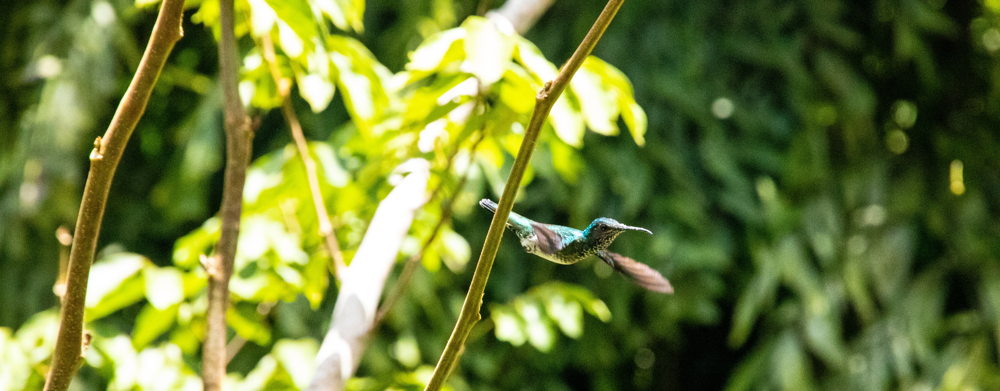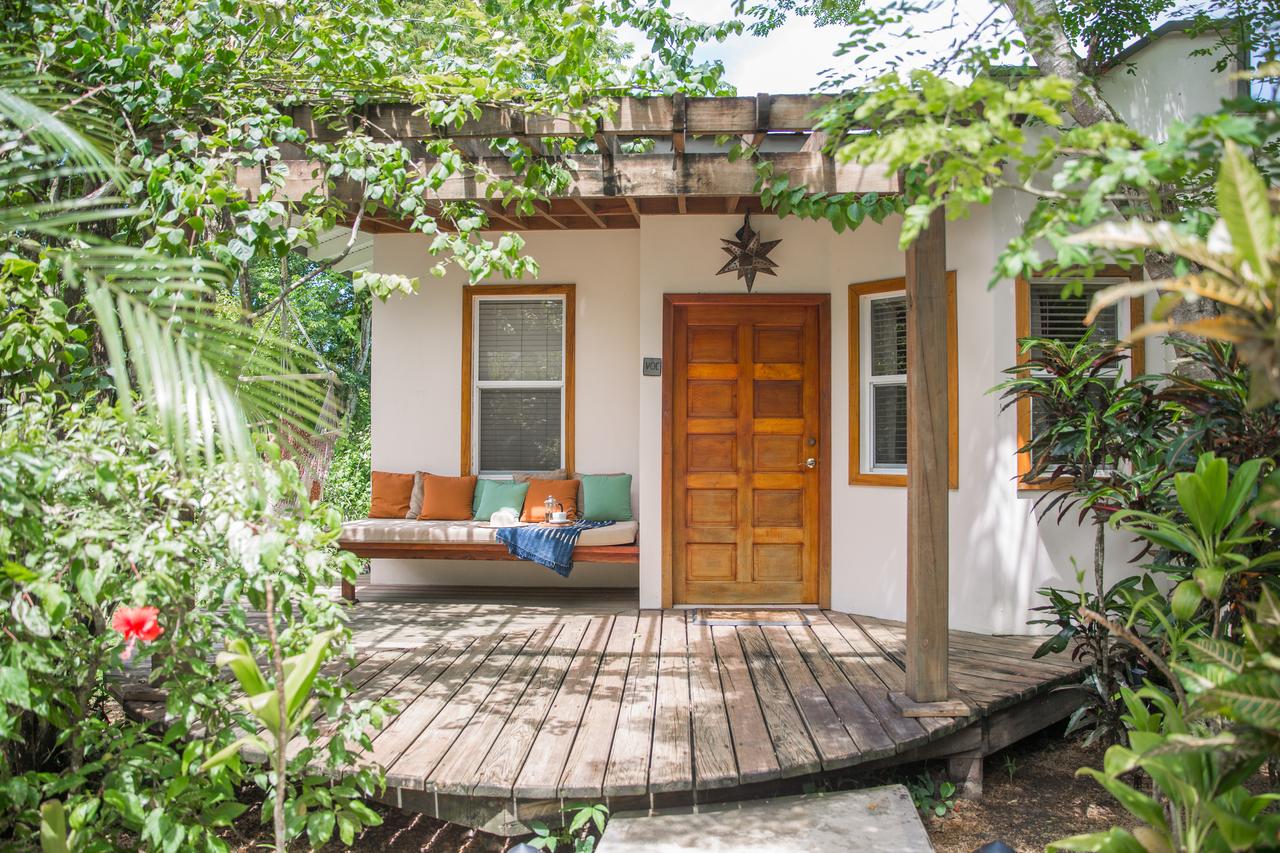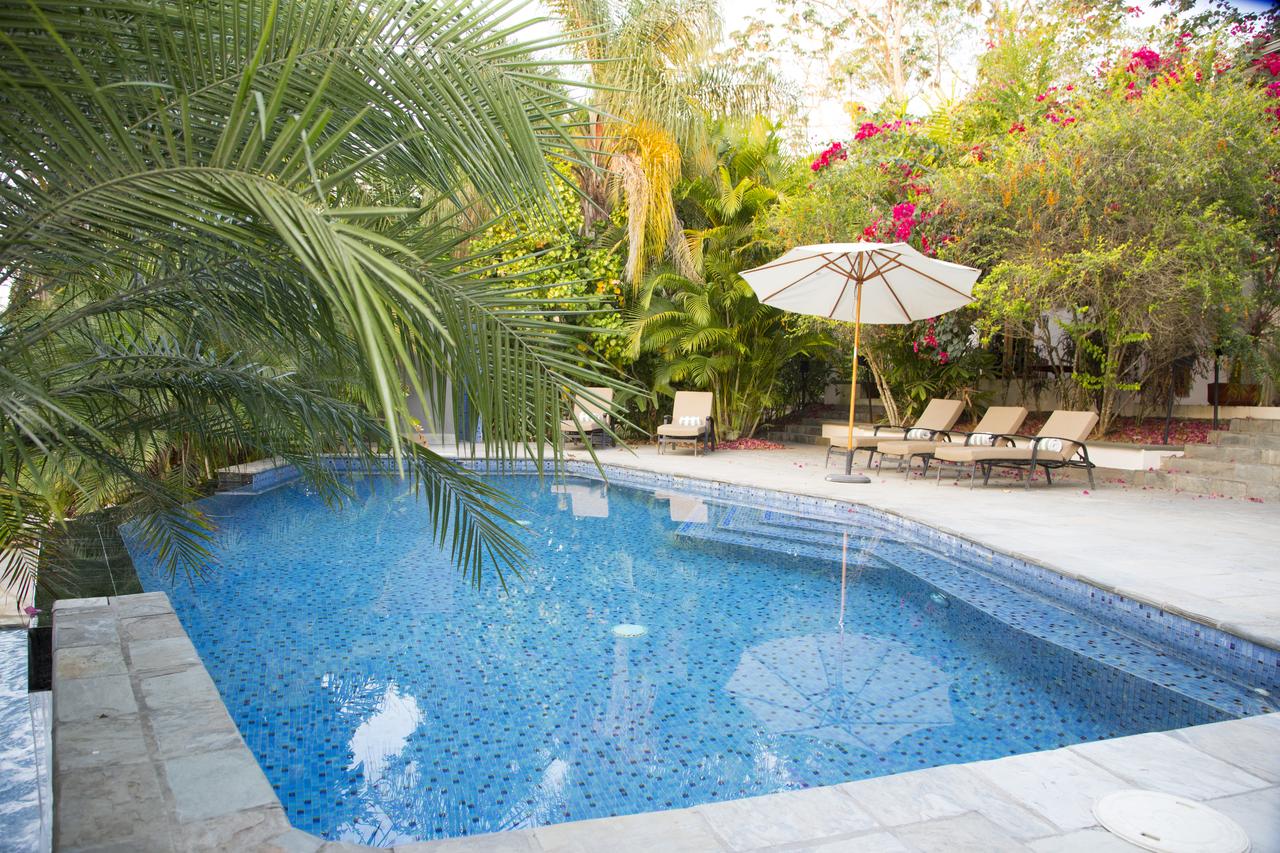The Cayo District is Belize's most adventurous region
Disclosure: Bear in mind that some of the links in this post are affiliate links and if you go through them to make a purchase we will earn a commission at no additional cost to you. We chose these companies / hotels because of their quality and not because of the commission we receive from your purchases.
The Cayo district in Belize is characterized by impressive cave systems, crossed with rivers and lush greenery. This area has all the perfect ingredients for many different adventure activities such as kayaking, tubing, horse riding, mountain biking and abseiling. The vast landscape is dotted with pine forests, but also deep ravines, limestone peaks and waterfalls. We are sure that the dramatic mix of this beautiful scenery made by Mother nature will capture your heart.
Cayo is also known for its special ecosystem. Here you will have a big chance in seeing wild animals such as pumas, jaguars and many different bird species. It is a true paradise for nature lovers and with 600 different species of birds it is a birdwatchers paradise. 
But also in terms of culture the region has a lot to offer. For example we recommend to visit the Xunantunich. It's a beautiful Mayan complex in the forests near the town of San Ignacio. The ruins are one of the most impressive ruins we have ever seen. The big plus of Xunantunich is also that it is not yet over crowded with tourists. You'll find a lot of Americans. But if you compare these ruins with for example Bagan in Myanmar or the Machu Picchu, it is definitely a lot quieter.
How to get there
The Cayo district is located about 100km (62 miles) west of Belize City and is an easy place to get to. The most popular method is arranging a private transfer from the airport to your destination in Cayo. If you’re interested in using local transportation in Belize, riding the bus is one of the cheapest and most sustainable ways to get around in Belize and the Cayo district. It is also a great way to get a more authentic travel experience since it’s how most locals travel.
Buses in Belize typically travel on the major highways on ½ hour intervals. To catch a bus you can wait along the highways but to ensure that you have a spot to sit, it’s best to go to the bus terminals, which are only located in major towns. Also some buses won't stop if they are fully loaded. The conductor will be the guy walking around the bus asking for fares. Typically, they don’t wear uniforms. Make sure you have some small money on you. Buses are often very crowded and it can get uncomfortable, however we prefer to travel like this.
Where to stay
In the town of San Ignacio, in the Mayan Mountains, is one of the most beautiful sustainable hotels in the country. The tropical gardens and atmospheric casitas of Ka'ana Resort form a green oasis of tranquillity. It suits as a perfect base for exploring the Cayo region.
This small-scale luxury hotel only has 17 rooms and they are all equally beautiful. The rooms can be found in beautiful casitas and hacienda-style buildings. So with natural materials, a private patio, local art and high ceilings. 
The big eye-catcher is the tropical garden. The exotic plants and trees form a shady and green oasis. Including a beautiful and very refreshing swimming pool. Part of the gardens is also the organic garden at the back of the complex. Ask the gardener for a tour and you'll learn everything you need to know about the local herbs and Mayan medicines.
Best time to visit
From the end of May or the beginning of June, the rainy season starts in Belize. The amounts of precipitation per month increases as well as the number of rainy days. For the whole of Belize, the period February to April is the best travel time. Alternative months to travel to Belize are January and May. January is the most pleasant of these two months in terms of temperature. During both months there is more chance of precipitation than in the period February-April which is the driest period. Click here for more climate information in San Ignacio in Belize